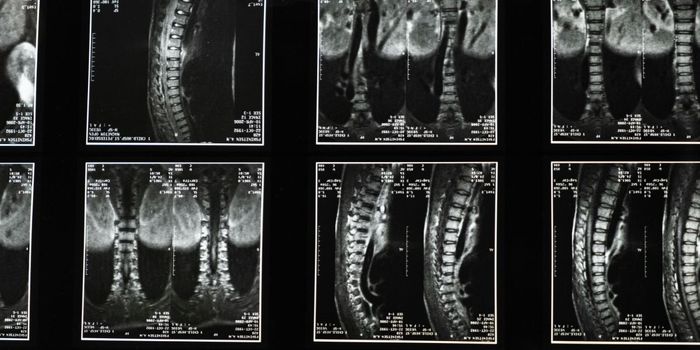Instructing the Brain Directly with Electrical Stimulation
While the brain is living organ, with a blood supply and live tissue, it’s also much like a machine with wires and circuits to make it work. When these networks of electrical activity are disrupted, the result can be memory loss, impaired mobility and an impact on all five senses.
The electrical impulses that make it possible for humans to think, speak, hear, move and learn come from brain cells, called neurons. They fire signals around the brain, in orderly networks to achieve function. Neuroscientists have often looked at how to provide this electrical stimulation from outside the brain when the neurons are damaged or not working correctly. Recent research for the University of Rochester suggests that stimulating the premotor cortex directly can instruct the brain to make certain movements. The work was done with laboratory monkeys, but the results showed some significant success in some of the experiments.
Marc H. Schieber is a physician and researcher at the university and the study's senior author. In a press release, he explained, "Researchers have been interested primarily in stimulating the primary sensory cortices--the somatosensory cortex, visual cortex, and auditory cortex-- to input information into the brain. What we are showing here is that you don't have to be in a sensory-receiving area for the subject to have an experience that they can identify."
So how did they accomplish this? The began by training the monkeys to complete a task when a specific visual cue was given. The monkeys were successful in manipulating a small handle in the center of a console when a particular pattern of lights was flashed. While this was happening, the monkeys were also receiving a very low-level electrical zap to the premotor cortex. It’s important to note that this is not an area of the brain that’s involved in perception. As the training built up, other parts of the brain were stimulated in sync with different light patterns. In a sense, the brain was re-wiring to use the direct stimulation as an instruction the same way it was processing the visual stimulation as an instruction. By the end of the training, the monkeys would manipulate the handle the same way after direct electrical stimulation as they had when they were trained on making movements in response to light flashes.
Because the monkeys can’t speak and explain how they are feeling, the fact that the movements are made in response to light and the microstimulation confirms that the electrodes were causing the movements. To further validate the study, and to show that the electrodes were not merely stimulating the arms and hands of the monkey, the researchers moved the electrodes around to different positions and repeated the task training with lights and the new locations of the stimulation. The result was again the same. Taking away the lights and substituting in the electrical stimulation, even in alternate locations, resulted in the monkeys knowing that they were expected to complete the task they had learned.
Study first author Kevin A. Mazurek, a postdoctoral fellow in Schieber's lab, explained that the work was designed to see if other areas of the brain besides the ones involved in sensory input could be targeted to induce movement when the normal circuits were not functional. Mazurek stated, “Most of the work in the development of brain/computer interfaces has focused primarily on the sensory area of the brain. But that confines where in the brain you're able to deliver the information. In this study, we show you can expand the neural real estate that can be targeted with therapies. This could be very important for people who have lost function in areas of their brain due to stroke, injury, or other diseases. We can potentially bypass the damaged part of the brain where connections have been lost and deliver information to an intact part of the brain." More work in animals will be needed before the study can progress into human trials, but the fact that definite instructions can “injected” directly into the brain is a game-changer for brain/computer interface technology. Check the video below to learn more:
Sources: University of Rochester via EurekAlert, Journal, Neuron, New York Times









